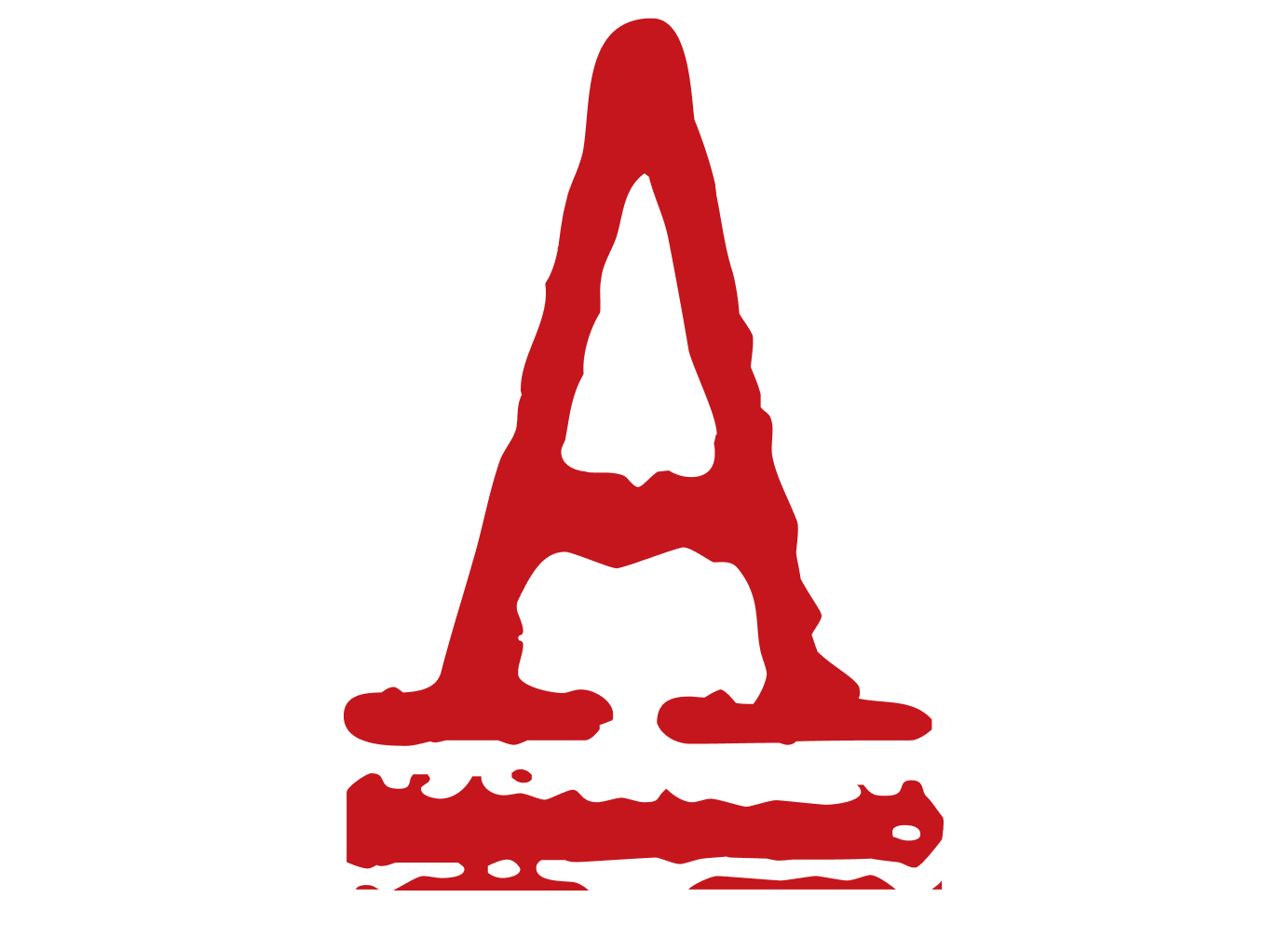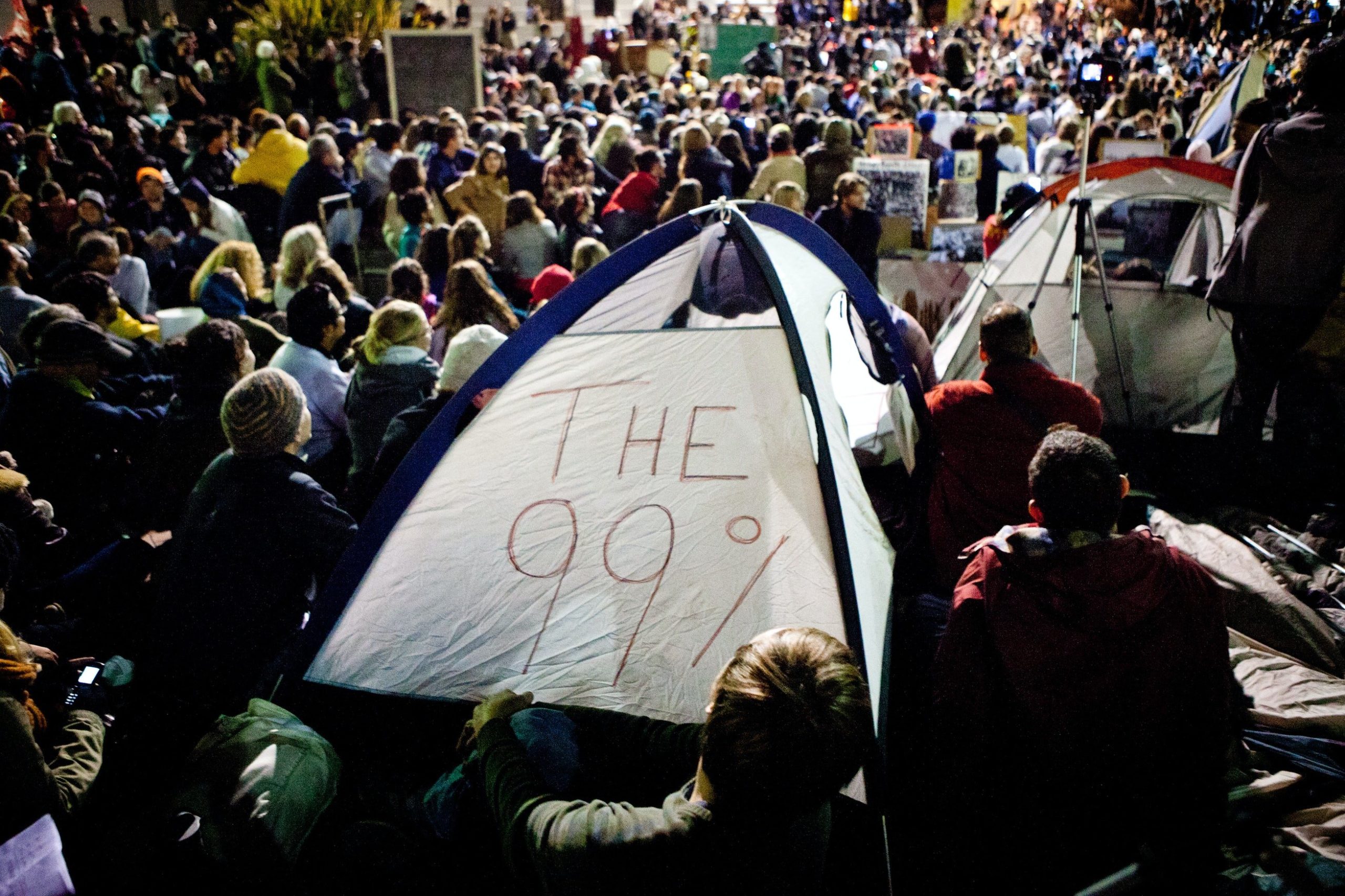It basically started the wave of activism that revived the left—and taught people to get serious about power.
By Micah L. Sifry, September 17, 2021
Ten years ago today, on September 17, 2011, a small band of anarchists, artists, and anti-poverty organizers convened themselves in Zuccotti Park in downtown Manhattan, steps from the New York Stock Exchange. They were there to challenge the power of Wall Street and also to try something new in the annals of modern American protest movements: to be a democratic assembly of all who wanted to participate in deciding how and what they would do next. On their first night together that Saturday, perhaps 100 or 200 at best camped out under the park’s 55 honey locust trees.
At first, they were tolerated by the police, since they had stumbled by good fortune into a safe harbor—a privately owned public park that legally allowed people to remain there 24 hours a day. And they were ignored, or derided, by the media, which had seen many Wall Street protests come and go. Over the next few days, their numbers grew modestly while they established working groups for everything from food and health care to a people’s library and scrambled to spread their own messages through the internet. Five days after the Zuccotti occupation began, a nearby protest against the execution of Troy Davis, a Black man in Georgia, brought hundreds of new and somewhat more diverse faces down to the plaza. But it wasn’t until the next Saturday, when the police attacked a column of marchers and one white-shirted deputy was caught on video viciously pepper-spraying a group of women who were already detained, that support for Occupy in New York started to surge.
That same day, September 24, Occupy Chicago set up shop across from the Chicago Board of Trade. A week later, there were Occupy encampments in Albuquerque, Boston, Buffalo, Columbus, Los Angeles, Omaha, Philadelphia, San Francisco, St. Louis, Tucson, Washington, D.C., and Tampa, along with more than 100 Facebook pages for other localities. On October 1 in New York City, more than 700 Occupiers were arrested as they tried to march across the iconic Brooklyn Bridge. That event tipped some of the city’s more progressive labor unions into the Occupy camp; four days later, 15,000 people, including thousands of union workers, marched with them to show solidarity. Buoyed by a surge of sympathetic media coverage, the movement now went global.


